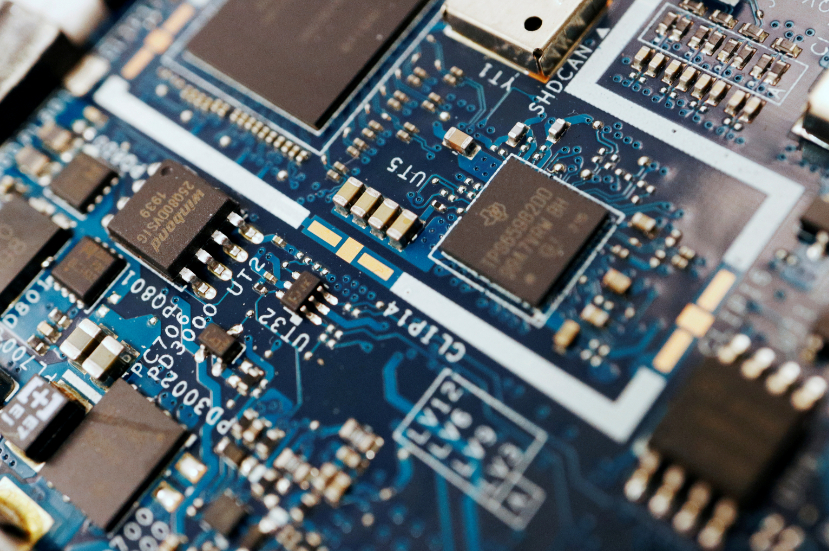
Recently, industry estimates show that the tariff policy introduced during the Trump administration may cause US chip equipment manufacturers to lose more than $1 billion each year. This figure not only reveals the direct impact of trade protectionism on the semiconductor industry, but also reflects the complex game of global supply chain reconstruction.
According to industry estimates, the three major US chip equipment giants Applied Materials, Lam Research and KLA-Tencent may lose about $350 million each year, and small and medium-sized enterprises such as OntoInnovation also face tens of millions of dollars in additional cost pressure. These losses are mainly composed of three parts: first, the decline in revenue caused by the obstruction of exports of mid- and low-end equipment. For example, as an important market for global semiconductor equipment, China’s tariff barriers directly weaken the price competitiveness of US companies; second, the cost of supply chain restructuring. Companies need to spend huge sums of money to find alternative suppliers and adjust production processes to adapt to complex tariff compliance requirements; third, administrative expenses increase, such as the manpower and time costs of responding to tariff declarations, compliance reviews and other links. It is worth noting that while the Biden administration continues to control semiconductor exports to China, Trump’s tariff policy has further exacerbated industry pressure, forming a double squeeze.
The impact of tariffs on chip equipment manufacturers is not an isolated phenomenon, but has triggered systemic risks in the industrial chain. First, American companies are highly dependent on the global supply chain. A chip device needs to integrate thousands of specialized components. Tariffs lead to higher procurement costs for key materials, which in turn push up the prices of end products. For example, Oregon, as a major semiconductor center in the United States, saw its chip exports plummet by $5.7 billion in 2023, highlighting the negative impact of tariffs on the regional economy. Secondly, under the pressure of tariffs, China's semiconductor equipment industry is accelerating its independence process, reducing its dependence on the United States, and further compressing the market share of American companies. The case of Nvidia's restricted sales of H20 chips shows that technological blockades and tariff barriers are forcing the global semiconductor industry to redefine its sphere of influence.
Faced with the impact of tariffs, chip equipment manufacturers are reducing risks through multiple strategies. At the technical level, companies are increasing their R&D investment and trying to ease cost pressures through process innovation or domestic equipment substitution. For example, Applied Materials has launched a local capacity expansion plan and is working with customers such as Intel to develop customized solutions. At the policy level, industry organizations have held intensive dialogues with the government to promote tariff exemptions or subsidy policies. The Semiconductor Industry Association (SEMI) continues to lobby the government, emphasizing the damage of tariffs to the competitiveness of the industry, and the Biden administration's $39 billion manufacturing subsidy through the CHIP Act is also seen as an important measure to hedge the negative impact of tariffs. In addition, some companies have turned to markets such as Southeast Asia and Europe to diversify their dependence on a single market.
The impact of the US tariff policy on chip equipment manufacturers will continue to ferment. In the short term, companies need to absorb the additional costs brought by tariffs and accelerate the localization of the supply chain; in the long term, the global semiconductor industry may form a "China-US dual circulation" pattern, and technological autonomy and supply chain regionalization will become an irreversible trend. Against this background, the rise of China's semiconductor equipment industry, the implementation effect of the US CHIP Act, and the evolution of Sino-US trade relations will become key variables that determine the future direction of the industry. For American companies, balancing technological innovation, cost control and global market expansion will be the core proposition of their survival and development under the shadow of tariffs.
In summary, the estimated loss of $1 billion is only the tip of the iceberg of tariff impact. From equipment manufacturers to the entire semiconductor ecosystem, the global industrial chain is undergoing an unprecedented stress test, and this industrial restructuring caused by trade policies will eventually reshape the future pattern of technological competition.

The European Commission released a package of measures for the automotive industry on Tuesday (December 16th), proposing to relax the requirements related to the "ban on the sale of fuel vehicles" by 2035.
The European Commission released a package of measures for …
Venezuela's Vice President and Oil Minister Rodriguez said …
On December 16 local time, the Ministry of Space Science Ex…
Recently, a highly anticipated phone call between the defen…
Right now, the world's major central banks are standing at …
Recently, according to Xinhua News Agency, the news of a tr…